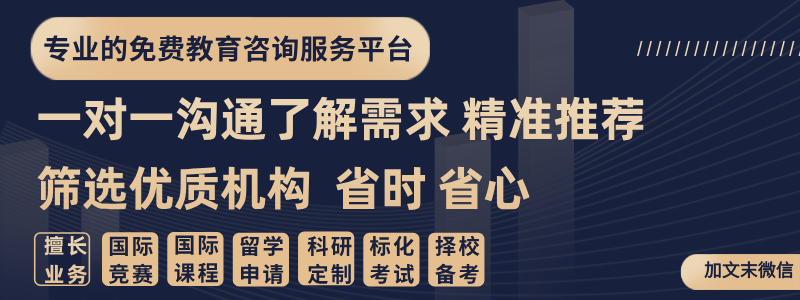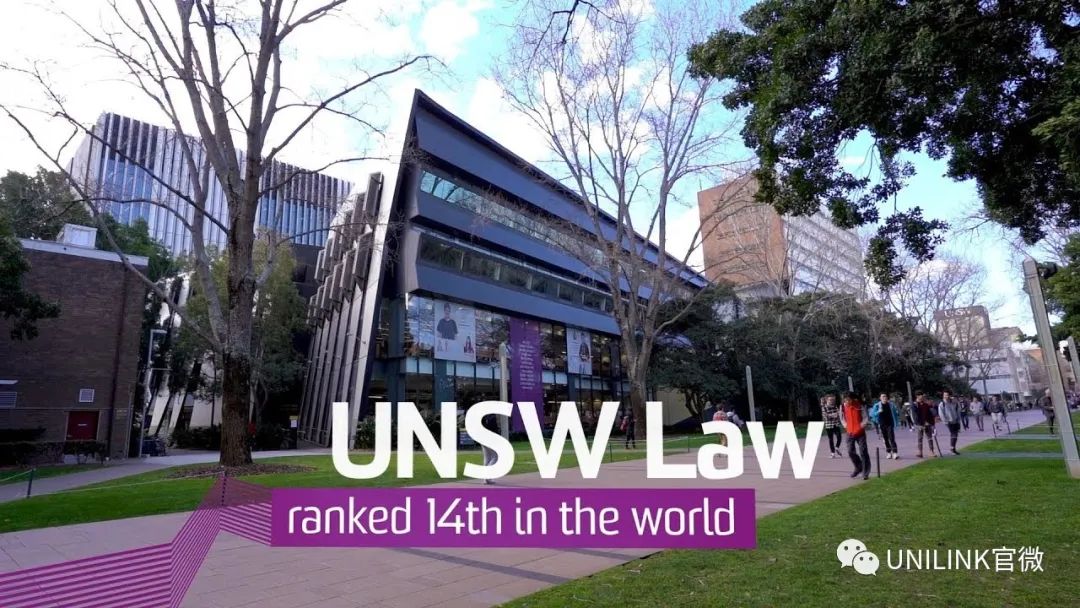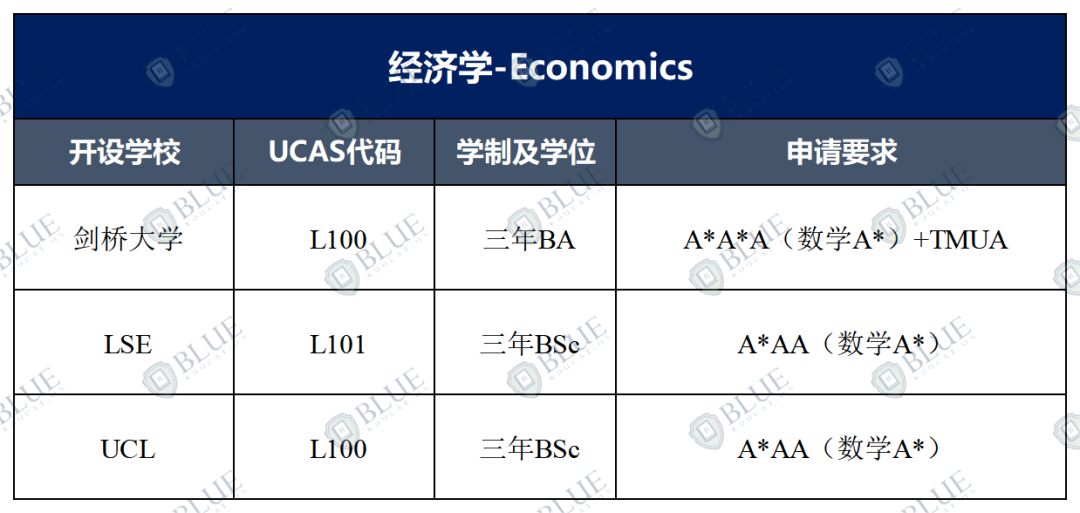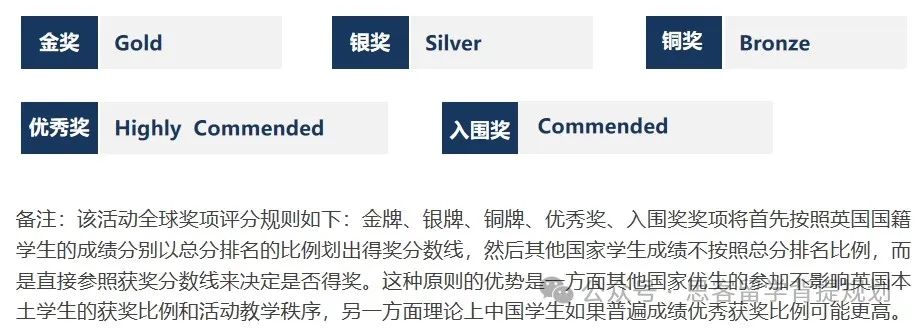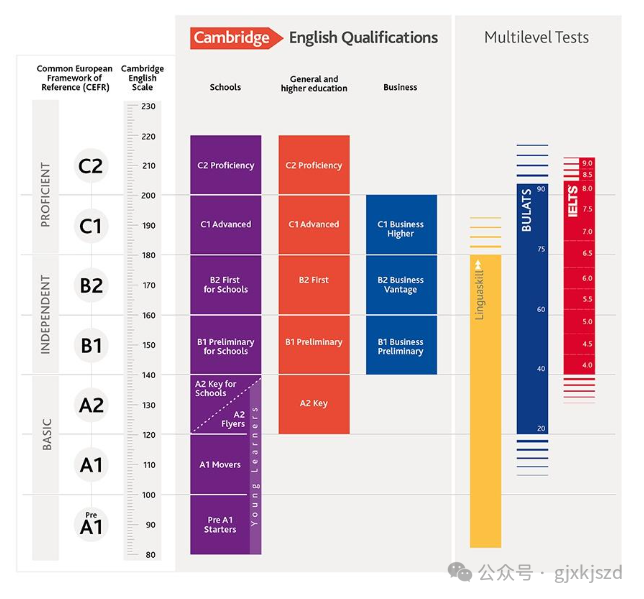中文赛题:减少非法野生动物贸易
非法野生动物贸易对我们的环境产生负面影响,威胁全球生物多样性。据估计,每年的非法野生动物贸易涉及高达265亿美元,被认为是全球所有非法贸易中的第四大。[1] 你需要开发一个以数据为驱动的5年项目,旨在显著减少非法野生动物贸易。你的目标是说服一个客户执行你的项目。为此,你必须选择一个客户和一个适合该客户的项目。
你的工作应探讨以下子问题:
-
你的客户是谁?这个客户实际上能做什么?(换句话说,你的客户应该具有执行你提议的项目所需的权力、资源和兴趣。)
-
解释你开发的项目为什么适合这个客户。什么研究,来自发表的文献和你自己的分析,支持你提议的项目的选择?使用数据驱动的分析,你将如何说服你的客户这是他们应该承担的项目?
-
你的客户需要什么额外的权力和资源来执行这个项目?(记住使用假设,但也尽可能将你的工作基于现实。)
-
如果项目执行了会发生什么?换句话说,对非法野生动物贸易的可测量影响是什么?你进行了哪些分析来确定这一点?
-
项目达到预期目标的可能性有多大?此外,基于情境化的敏感性分析,是否存在可能不成比例地帮助或损害项目达到其目标的条件或事件?
虽然你可以将你的方法限制在非法野生动物贸易上,但你也可以将非法野生动物贸易视为更大复杂系统的一部分。具体来说,你可以考虑其他领域的全球努力,例如,努力遏制其他形式的贩运或努力减少气候变化与遏制非法野生动物贸易的努力,可能是一个复杂系统的一部分。这可能为这个领域的意外行动者创造协同的机会。
如果你选择在解决方案中利用复杂性框架,请通过讨论这种建模决策的利弊来证明你的选择。
此外,你的团队必须提交一份关键点的1页备忘录给你的客户,突出你的5年项目提案以及为什么这个项目适合他们作为客户(例如,资源获取、他们的任务范围、与他们的使命声明相符等)。
评委将特别寻找在选择客户以及选择和证明适当建模过程中的创意。他们还将寻找既(1)建立客户与拟议项目之间的强联系,又(2)在数据分析与拟议项目设计之间建立清晰直接联系的阐述。
你的PDF解决方案不得超过总共25页,应包括:
-
一份清楚描述你解决问题的方法和你从分析中得出的最重要结论的一页摘要。 -
目录。 -
你的完整解决方案。 -
给你的客户的一页备忘录。 -
参考文献列表。 -
AI使用报告(如果使用)
注意:对于完整的MCM提交没有具体要求的最小页数。你可以使用最多25页来展示你的解决方案工作和任何你想包含的额外信息(例如:绘图、图表、计算、表格)。接受部分解决方案。我们允许谨慎使用AI,如ChatGPT,尽管不必须通过AI创建解决方案。如果你选择使用生成式AI,你必须遵循COMAP的AI使用政策。这将导致你必须在PDF解决方案文件的末尾添加一个额外的AI使用报告,且不计入你的解决方案的总页数25页限制内。
参考资料
[1] Wildlife Conservancy Society. (2021). Why Should we Care about Wildlife Trafficking? Retrieved from https://wildlifetrade.wcs.org/Wildlife-Trade/Why-should-we-care.aspx
术语表
客户:将实施拟议项目的行动者。他们可能是官方行动者(政府或准政府)或非官方行动者(非政府组织)。
非法野生动物贸易:走私、偷猎以及捕捉或收集濒危物种、受保护野生动物或这些物种的衍生品/产品。
Problem F: Reducing Illegal Wildlife Trade
Illegal wildlife trade negatively impacts our environment and threatens global biodiversity. It is estimated to involve up to 26.5 billion US dollars per year and is considered to be the fourth largest of all global illegal trades.[1] You are to develop a data-driven 5-year project designed to make a notable reduction in illegal wildlife trade. Your goal is to convince a client to carry out your project. To do this, you must select both a client and an appropriate project for that client.
Your work should explore the following sub-questions:
-
Who is your client? What can that client realistically do? (In other words, your client should have the powers, resources, and interest needed to enact the project you propose.)
-
Explain why the project you developed is suitable for this client. What research, from published literature and from your own analyses, supports the selection of your proposed project? Using a data-driven analysis, how will you convince your client that this is a project they should undertake?
-
What additional powers and resources will your client need to carry out the project? (Remember to use assumptions, but also ground your work in reality as much as you are able.)
-
If the project is carried out what will happen? In other words, what will the measurable impact on illegal wildlife trade be? What analysis did you do to determine this?
-
How likely is the project to reach the expected goal? Also, based on a contextualized sensitivity analysis, are there conditions or events that may disproportionately aid or harm the project's ability to reach its goal?
While you could limit your approach to illegal wildlife trade, you may also consider illegal wildlife trade as part of a larger complex system. Specifically, you could consider how other global efforts in other domains, e.g., efforts to curtail other forms of trafficking or efforts to reduce climate change coupled with efforts to curtail illegal wildlife trade, may be part of a complex system. This may create synergistic opportunities for unexpected actors in this domain.
If you choose to leverage a complexity framework in your solution, be sure to justify your choice by discussing the benefits and drawbacks of this modeling decision.
Additionally, your team must submit a 1-page memo with key points for your client, highlighting your 5-year project proposal and why the project is right for them as a client (e.g., access to resources, part of their mandate, aligns with their mission statement, etc.).
The judges will specifically be looking for creativity in the selection of the client and in the selection and justification of appropriate modeling processes used throughout the analysis. They will also be looking for exposition that both (1) establishes strong connections between the client and the proposed project and (2) draws clear and direct ties between the data analysis and the design of the proposed project.
Your PDF solution of no more than 25 total pages should include:
-
One-page summary sheet that clearly describes your approach to the problem and your most important conclusions from your analysis in the context of the problem. -
Table of Contents. -
Your complete solution. -
One-page memo to your client. -
References list. -
AI Use Report (if used)
Note: There is no specific required minimum page length for a complete MCM submission. You may use up to 25 total pages for all your solution work and any additional information you want to include (for example: drawings, diagrams, calculations, tables). Partial solutions are accepted. We permit the careful use of AI such as ChatGPT, although it is not necessary to create a solution to this problem. If you choose to utilize a generative AI, you must follow the COMAP AI use policy. This will result in an additional AI use report that you must add to the end of your PDF solution file and does not count toward the 25 total page limit for your solution.
References
[1] Wildlife Conservancy Society. (2021). Why Should we Care about Wildlife Trafficking? Retrieved from https://wildlifetrade.wcs.org/Wildlife-Trade/Why-should-we-care.aspx
Glossary
Client: The actor who will be implementing the proposed project. They may be official actors (governmental or quasi-governmental) or unofficial actors (Non-Governmental Organizations).
Illegal Wildlife Trade: smuggling, poaching, and capture or collection of endangered species, protected wildlife, or the derivatives/products of these species.


